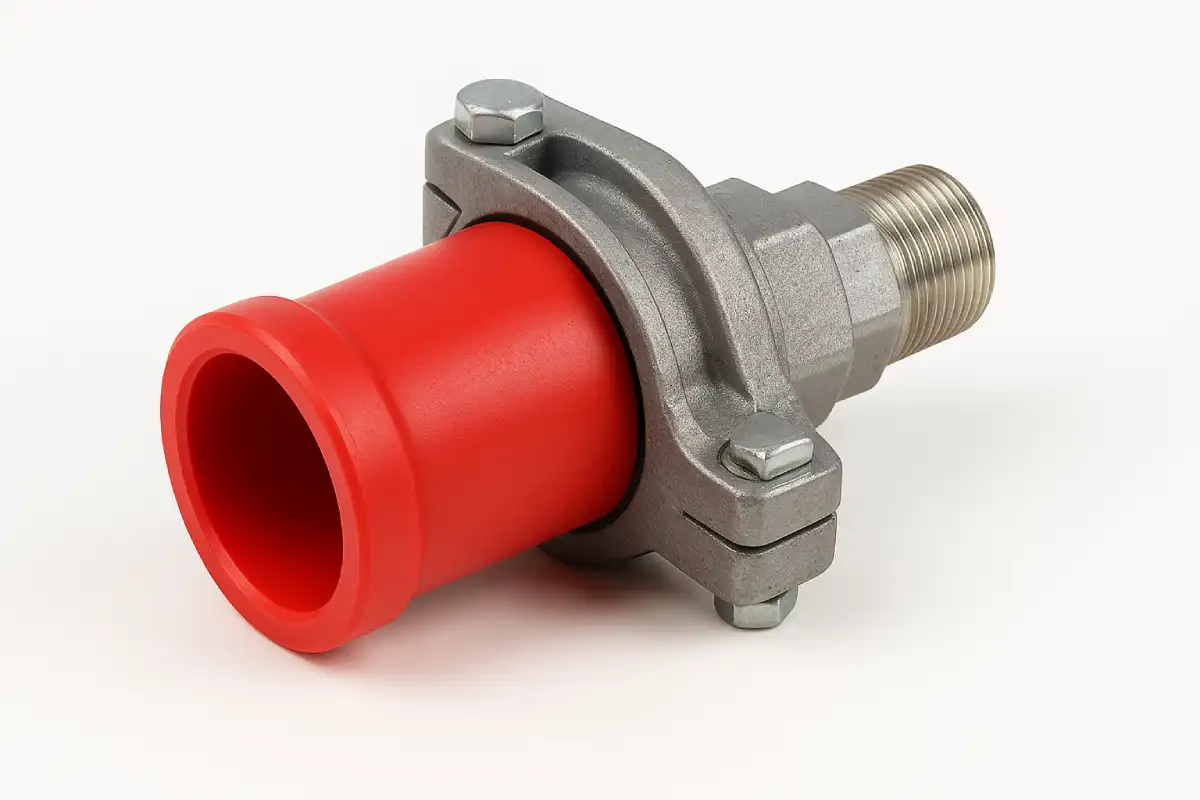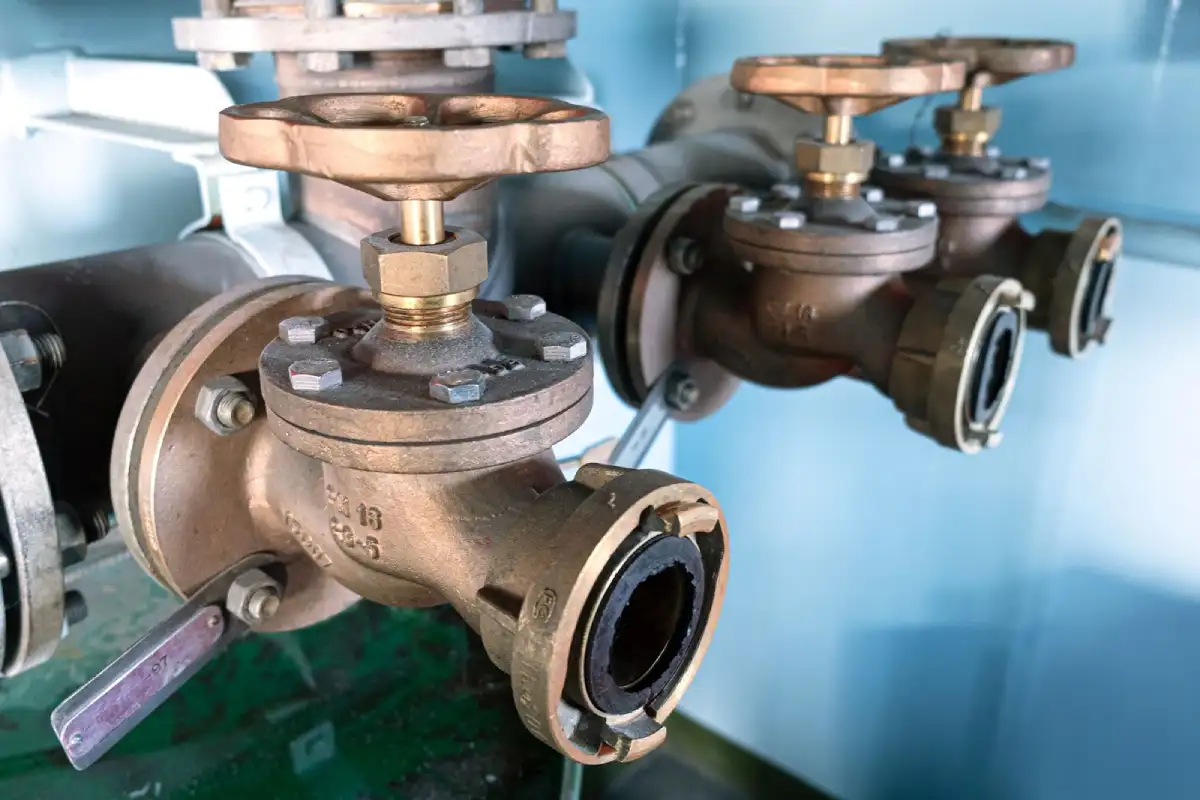

Full port and standard port ball valves differ in how much fluid they let through. A full port ball valve has an opening that matches the pipe size, allowing unrestricted flow. A standard port ball valve has a smaller opening, which slightly reduces flow but costs less.
In this post, we’ll discuss how these valves work, where they fit best, and how to choose the right one for your system.

A full port ball valve allows fluid to move without restriction. Because its bore is the same size as the pipe, pressure loss is minimal.
Benefits:
These are common in industries that require high flow, such as oil and gas, water treatment, and chemical processing.
A standard port ball valve has a smaller bore, meaning it slightly restricts flow. While this creates a small pressure drop, it’s not an issue in most systems.
Benefits:
Standard port ball valves work well in plumbing, HVAC, irrigation, and general water distribution.
A v port ball valve has a V-shaped opening in the ball, allowing for precise control over flow rate. Unlike standard and full port ball valves, which primarily serve as on/off valves, v port ball valves offer better flow regulation.
Benefits
These are best for process control systems requiring steady, adjustable flow rates.
Now that we’ve introduced the different types, let’s compare full port vs standard port ball valves in more detail. The main difference comes down to bore size and flow capacity.
| Feature | Full Port Ball Valve | Standard Port Ball Valve |
| Bore Size | Matches pipe diameter | One size smaller than the pipe |
| Flow Restriction | No restriction | Slight restriction |
| Pressure Drop | Minimal | Higher |
| Best Use Cases | High-flow, high-pressure systems | General plumbing, HVAC, irrigation |
| Cost | Higher due to larger size | More affordable |
| Clogging Risk | Lower due to full opening | Higher due to reduced bore |
Full port ball valves work best when you need maximum flow with no restrictions.
You can use them when pressure drop needs to be minimized, especially in high-pressure systems.
They also handle thick fluids and solids without clogging, making them ideal for industries like oil and gas.
Best for:
Standard port ball valves work best when some flow restriction is acceptable.
You can use them in systems where saving space and reducing costs matter more than full flow.
They are a common choice for applications where a small pressure drop won’t impact performance.
Best for:
Picking the right valve depends on what your system needs.
If flow efficiency and minimal pressure drop matter most, go with a full port ball valve. If space and budget are bigger concerns, a standard port ball valve will get the job done. For more control over flow rates, a v port ball valve is the better choice.Lianke Valve offers high-quality ball valves built for performance. If you’re not sure which one fits your system, reach out—we can help you find the right fit.

A pinch valve adapter connects a pneumatic pinch valve or manual valve to pipes, tubes, or other parts of a system. With this connector, the valve can manage liquid or gas flow without leaks or strain. It also lets the valve fit in tight or unusual setups. This reduces operational risks and improves overall performance. […]

Yes, they are. Hygienic pinch valves are specially designed to keep things clean and safe, which is why they’re so common in food, pharmaceutical, and biotech environments. Their smooth interior and dead-zone-free design make cleaning quick and reliable. And if the term is new to you, don’t worry, this article will walk you through what […]

Choosing between a brass vs stainless steel valve becomes simpler once you know what your system needs. Brass valves are budget-friendly and work well in everyday plumbing. Stainless steel valves offer higher strength, longer life, and better corrosion resistance in harsh environments. This article outlines brass valve advantages and stainless steel valve benefits, and guides […]

Suppose you’re looking for an alternative to a pinch valve. In that case, the short answer is this: the most common alternatives include diaphragm valves, ball valves, and globe valves, each offering different benefits depending on your flow media, pressure, and process needs. This guide walks you through the best valve alternatives, explains how they […]